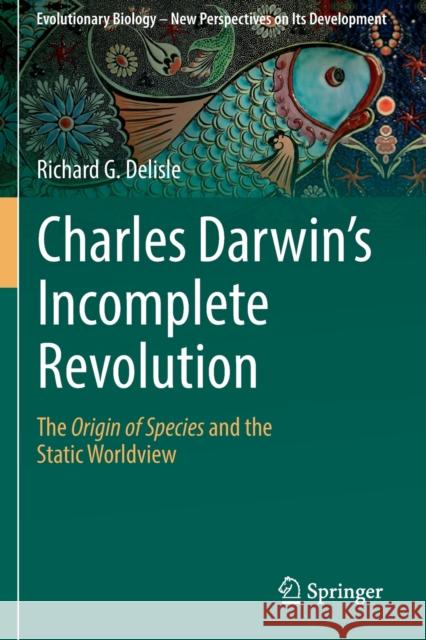Charles Darwin's Incomplete Revolution: The Origin of Species and the Static Worldview » książka
topmenu
Charles Darwin's Incomplete Revolution: The Origin of Species and the Static Worldview
ISBN-13: 9783030172053 / Angielski / Miękka / 2020 / 276 str.
Charles Darwin's Incomplete Revolution: The Origin of Species and the Static Worldview
ISBN-13: 9783030172053 / Angielski / Miękka / 2020 / 276 str.
cena 464,01
(netto: 441,91 VAT: 5%)
Najniższa cena z 30 dni: 443,35
(netto: 441,91 VAT: 5%)
Najniższa cena z 30 dni: 443,35
Termin realizacji zamówienia:
ok. 22 dni roboczych.
ok. 22 dni roboczych.
Darmowa dostawa!
Kategorie:
Kategorie BISAC:
Wydawca:
Springer
Seria wydawnicza:
Język:
Angielski
ISBN-13:
9783030172053
Rok wydania:
2020
Wydanie:
2019
Numer serii:
000894279
Ilość stron:
276
Waga:
0.41 kg
Wymiary:
23.39 x 15.6 x 1.52
Oprawa:
Miękka
Wolumenów:
01
Dodatkowe informacje:
Wydanie ilustrowane











